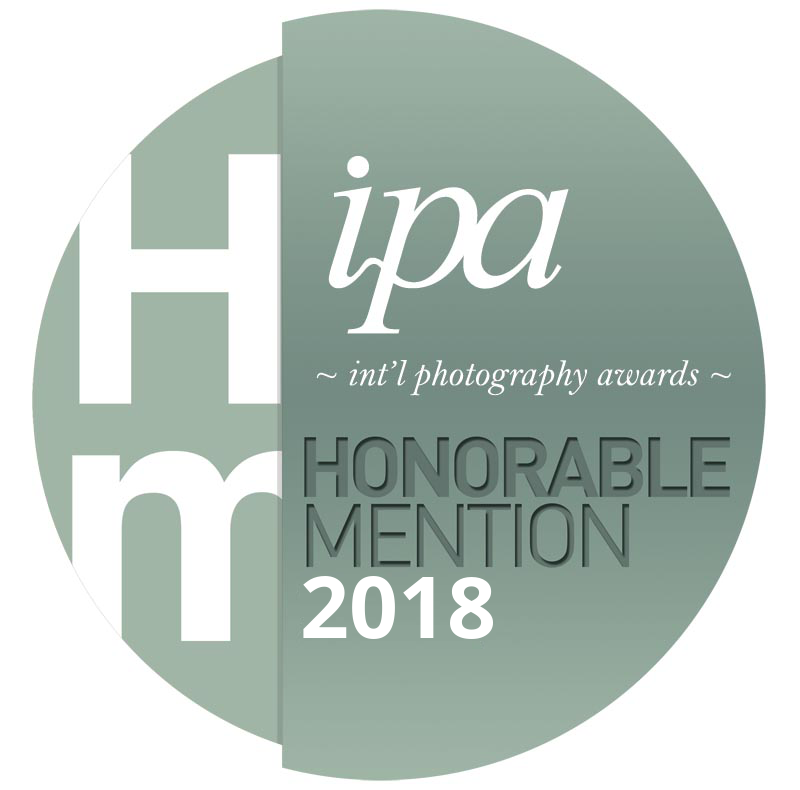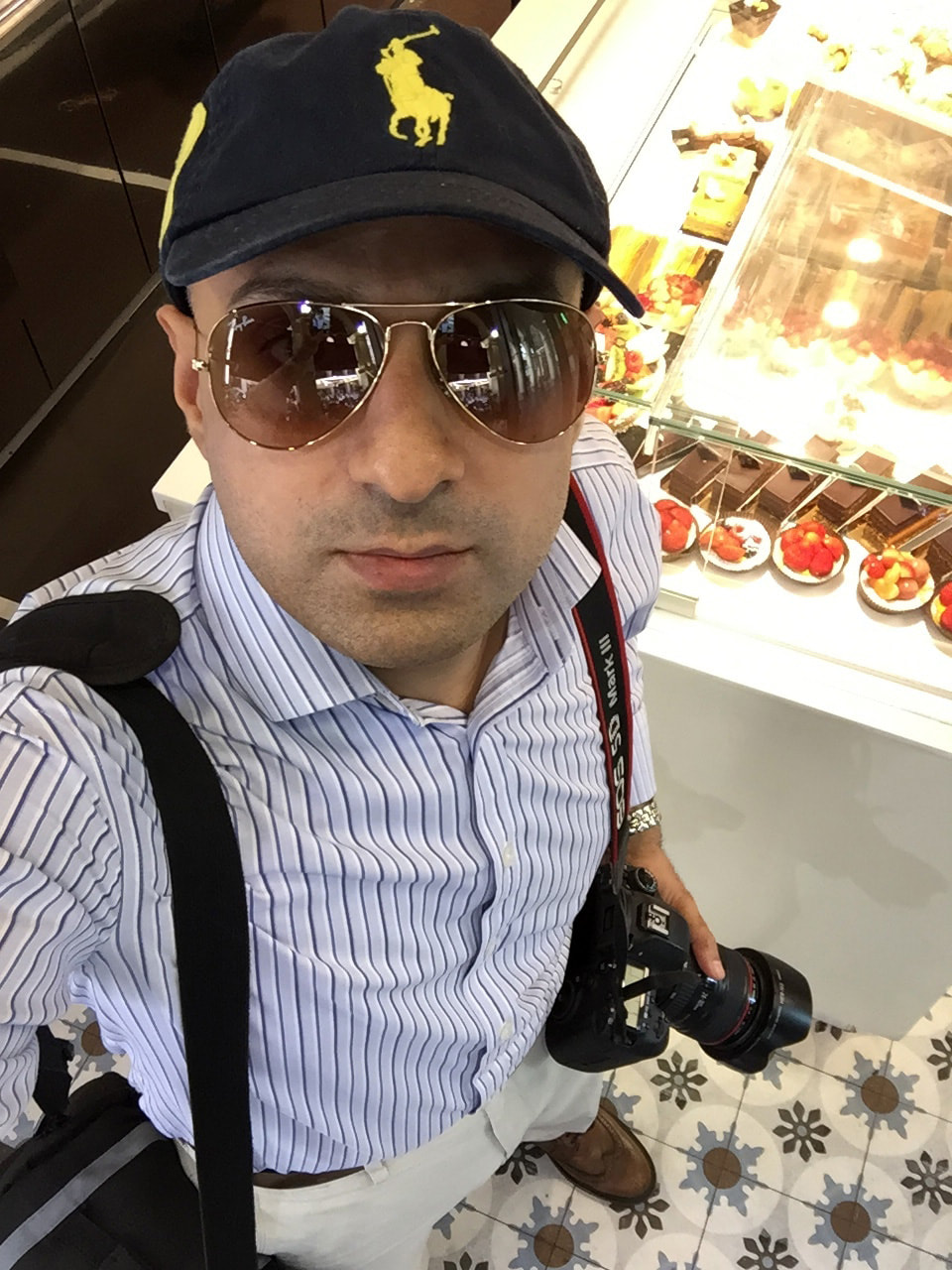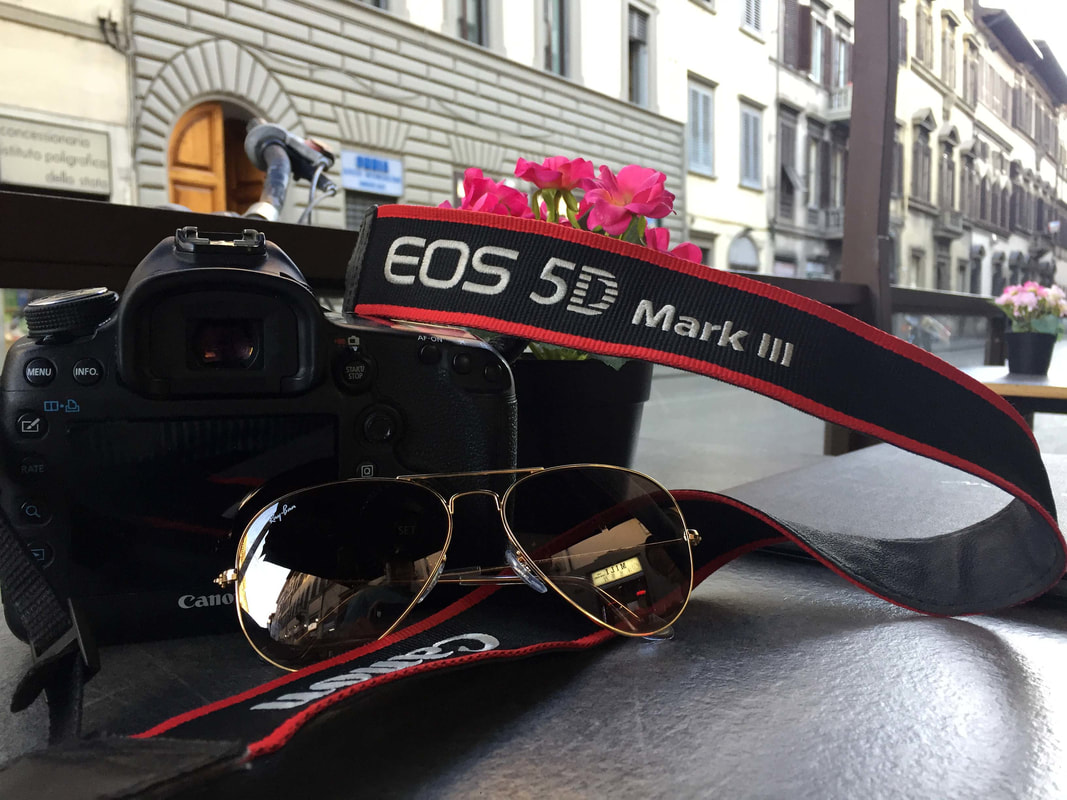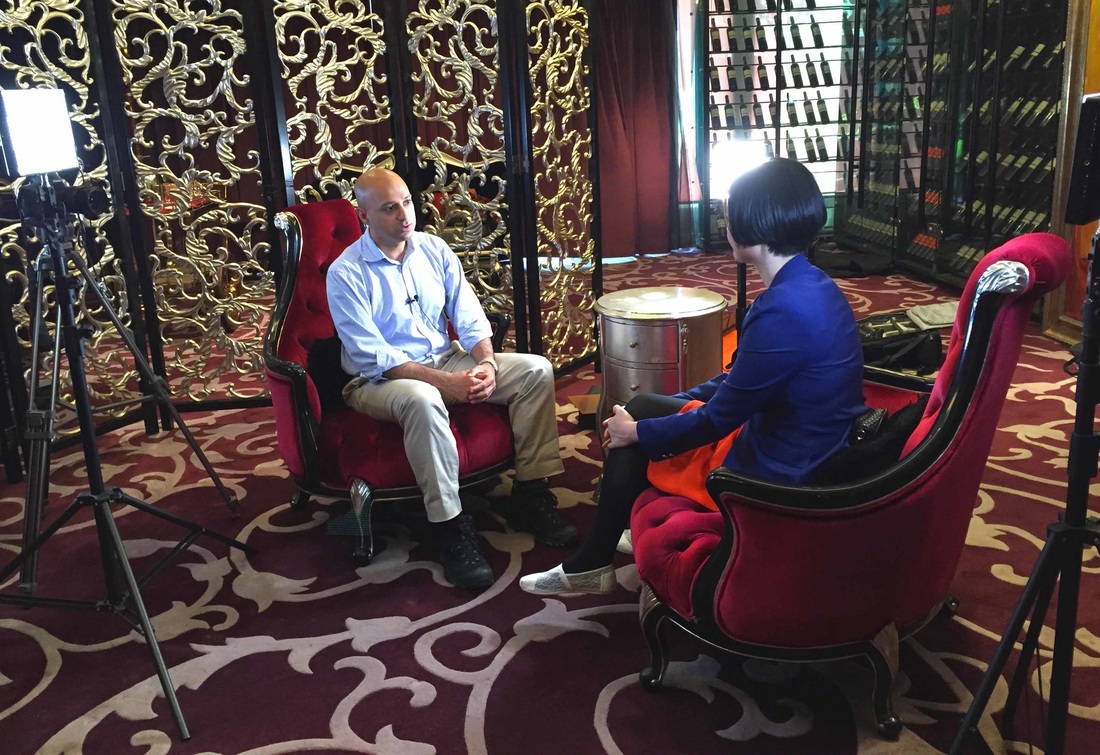|
I have just arrived in Shanghai from Dubai, where I have been for the past 4 days on a press trip. Actually I should have written about Dubai first but since I am know that I am going to be exceedingly busy for the next few weeks, I thought I would first start writing about Shanghai and get most of my writing for this city completed...I will write about Dubai soon (got lots to write about!). Well, I arrived at Pudong Airport, located around 35 miles to the east of the city, and on the South China Sea. Just under 12 hours ago I was on a beach "party" (its not really a party but more like a BBQ dinner, simulated to be a beach party- and located on a white sandy beach at Palm Jumeirah at the Atlantis). And from all that middle eastern/western fusion ambiance, my life brings me to Shanghai- the "New York of the east". A complete contrast to everything I had experienced in Dubai only a few hours ago- this is serious culture shock! Language, food, culture and the weather is all something I am trying to adapt to as quickly as I can here in Shanghai. I felt so disoriented that for some reason I thought today was Friday, and ended up walking all the way to the office to realise that it was saturday (it happens to the best of us, and now it happened to me..!). Here's a little bit about Shanghai and its surroundings. Shanghai (Chinese: 上海), which means “Over the sea” in Chinese, has been, for times in memorial, known as the “Pearl of the east”. However, since the turn of the 21st century China’s Contemporary art and fashion market bubble has boomed so much after becoming the hottest thing in the art world, turning this fascinating metropolis full of skyscrapers into being dubbed the “New York of the East”. The city has churning out some of the most sought after fashion designers. 21st Century Shanghai is still a burgeoning honey pot for global businesses and tourists alike - though these days it more of contemporary art collectors and budding architects that are rushing to the city. While maintaining its role as a gateway to nearby artistic and historical towns such as Hangzhou and Suzhou, both of which are centres of China’s cultural and heritage significance; Shanghai itself has a wealth of heritage experiences as well as contemporary art and rich cultural offerings. For those who love to explore their gastronomical interests, Shanghai is a heaven for fine fusion dining; as well as a spectacular destination for avid shopaholics. No trip is complete without a visit to the art galleries onTaikang Luin the southern part of the French Concession (Luwan District), and Moganshan Lujust south of the Suzhou Creek in the northern part of town (Putuo District). Both roads are bee-hives for resident artists and fashion designers, located in a series of industrial warehouses that have been converted to galleries and artists' studios where much of Shanghai's burgeoning art scene has started to coalesce in the last few years. There are a must-visit if you like contemporary art, fashion and photography. Various former warehouses and factories along Suzhou Creek, such as Wu Wei Road (ShanghaiART) and Jumen Road (Galerie Dumonteil), are also being converted into galleries. All around the metropolis there are remises of Shanghai’s colonial past that blend in side by side with western styled Chinese architectures, ranges from hotel’s to ancestral residences which have strong historical implication. More significantly this is the place for anyone who wants to show their new art and architectural works. So much so that even nightclubs have been inspired to decorate their interiors using the latest art handpicked from Moganshan Lu! Shanghai’s oyster beds remain among the world's most fertile grounds for pearls, of both the saltwater and freshwater variety- these proving to be the vital ingredients for the contemporary art and fashion items. Still, Shanghai is nothing short of being tentative and brash, and if ever there was a city that needed to embellish the walls of its skyscrapers and had the financial resources to do so, Shanghai is it. Little wonder then that the art scene in Shanghai is growing at a dizzying pace and the city is well on its way to becoming the country's most interesting and provocative contemporary art centre. Formerly a fishing and textiles village, Shanghai gained international magnitude in the late 19th century due to its favourable port location. The city was one of the first in China that opened to foreign trade by the 1842 Treaty of Nanking. This enabled the city to thrive as a multinational centre of trade between China and the west by the 1930s. Divided into two parts by the Huangpu River into Puxi (West of the Huangpu) and Pudong (to the east of the Huangpu), twenty-first century Shanghai has been developed into a dynamic financial, fashion, architectural and artistic capital of China and has in recent years also become a trademark city as well as a branding image for this country. With the advent of the International Expo 2010, Shanghai is the place to be in. City of designs, art and fashion! The city has observed a see-saw occurrence when it comes to contemporary art and fashion. When mentioning Shanghai Art, usually the first thing that comes to people’s mind is 1930s and 1940s. Then there is a pause...a long pause for many years because the Shanghai art scene did not really open to audiences until as late as Year Y2K when the Chinese government decided that it was OK for Chinese artists’ to showcase their work to the world. Although it must be said that independent, foreign-owned galleries were some of the initial “experiments” with the contemporary Chinese art scene, first establishing themselves in Beijing in the early 1990s (Shanghai is relatively new to all of this). In Shanghai, the mother hen of them all was the independent ShangART Gallery, an inspiration by Swiss Lorenz Helbling in 1994; this quickly followed suit by galleries such as Biz Art and Art Scene China. Recently relocated to a much larger premises at 50 Moganshan Lu, ShangART represents some of Shanghai and China's hottest contemporary artists, such as painter and visual artist Xu Zhen, visual artist Shi Yong, and Pop artist Zhou Tiehai, the latter is known for his painting of former New York mayor, Rudy Giuliani framed by Elephant dung (anything goes here!). Other famous local artists include photographer Deke Erh and painter Xu Jie, known for her series of China Doll paintings. Artists and Architects from around the world are coming to Shanghai, realising that it’s quicker and cost effective, plus provides more variety to audiences. New ideas revolving around Shanghai architecture are growing but still very much a virgin concept when compared to the former two aspects of the city’s culture scene. With this immense growth it is easy to see why Shanghai is the most happening city in China, and it fails to disappoint. As an example, the St. Regis Hotel has taken to offering guests "Art tours” that are interested in visiting local galleries. But then again, who would require an art tour of Shanghai- a city that itself is a work of art. JIA Boutique Hotel Shanghai
While maintaining its role as a gateway to nearby towns such as Hangzhou and Suzhou, both of which are centers of China’s cultural and heritage significance; Shanghai itself has a wealth of heritage experiences as well as contemporary art and rich cultural offerings. For those who love to explore their gastronomical interests, Shanghai is a heaven for dining; as well as a spectacular destination for avid shopaholics. After the success of the Beijing 2008 Olympics, the next stop for most visitors to China, whether on business or pleasure trips, is likely to be the much acclaimed Shanghai Expo that runs from May until October 2010. Predicted to attract around 70 million visitors over the course of six months, the event is going to see a surge in diplomatic and corporate delegations as China has continued to achieve record tourists’ numbers. The run up to this much awaited event has geared up a fever for five-star luxury hotels in the city- with a record number of up market hotels being constructed at a dizzying pace. Apart from this, Shanghai is widely recognized as an Art Deco city with increasing numbers of travelers’ with a passion for art, architecture and social history visiting the city of Shanghai. It goes without saying that some of the rooms in these hotels are perhaps the most luxurious in China. The world's most well-known architects are flocking to Shanghai, where they are building the world's biggest skyscrapers and up-market hotels. JIA Boutique Hotel is one of the crème de la crème of the city. I stayed here for two nights and loved every singly second of my time here. As a frequent visitor to Shanghai, the Singaporean founder and owner of JIA Shanghai, Ms. Yenn Wong, knows very well the challenges faced when looking for a unique and affluent accommodation right in the heart of Shanghai’s French concession. That thought inspired her to create the idea of the JIA Shanghai into a successful reality. The accommodation’s chic doors opened to the public in August 2007 as Shanghai’s first true design-led boutique residence concept and, in a short space of time has already made a distinct impression among style-cognizant and discerning travellers – winning awards across the world including being voted on the “Hot List” 2008 by Condé Nast Traveller both in the UK and USA; the Travel + Leisure “It List” 2008; and “Best Hotel Design” in Interior Design China’s Hospitality Design Awards at the 100% Design Conference in June 2008. The rooms and suites were designed by Melbourne-based BURO Architects in association with Hecker Phelan and Guthrie Interiors (HP&G). With five floors offering spacious 55 guestrooms and suites averaging 45 sq. meters, the accommodation is designed as quietly theatrical, warm, and appealing spaces for the modern, design-conscious traveller. You have to see and stay at this place to believe all the accolades that are being showered all over it! If you are a camper, avoid coming here, and equally well if you are a fan of the Ritz Carltons’ or the Hiltons’ of this world- this is not for you. JIA Shanghai is about architecture, about style, about fashion and about a wonderful blend of art and creativity which also brings in some grassroots humour into the place (where else would you see a library table lying side by side with a lovely 1930s sofa?!). There is a bar and restaurant on the 2nd floor, so if you prefer to sleep like a log then ask the concierge not to place you on the 3rd floor (but honestly, its not that noisy).With a great fusion of contemporary 21st century ambiance and the 1920s colonial feel, the JIA Shanghai will give you a true taste of what luxury life was like when Shanghai was known as the "Paris of the East". Tucked away on the corner of the busy Nanjing West road, and minutes away from the most happening place in the city, the JIA Shanghai may not look very much a glam product from the outside, but inside it is. For sure it has that "Wow" factor when you look at the interior design and the ambiance is one that portrays that. According to the staff, the vast majority of the guests say that it is much better than the Hong Kong JIA, simply because it is well placed in Shanghai, and because of the historical significance of the building which it's been located in. The rather shabby looking building used to be a office block, however the renovation work has been amazing. It is indeed an eye-opener and makes you wonder what one can do with imagination, and stunning architecture blended in with an immaculate interior design. Overall it's that unique personal touch of the hotel's service for its guests that makes the difference between staying at the JIA and elsewhere. Where else can you get complimentary snacks and non-alcoholic drinks 24 hours a day in the dining room, a complimentary laundry (complete with free washing up powder and dryer), an in-room iron and board, complimentary Wi-Fi, in-room microwave oven complete with electric cooker and cutlery, and even your complimentary JIA Designer umbrella so you don't have to worry about going out in the rain. All the essentials of life are there provided at hand. There's even a gym for guests. Yes, parts of the hotel may make you feel as if you are in the Shanghai of the 1930s, but the overall design and the ambiance is one of a fashion oriented but with the seriously stylish guest in mind. This has to be the hotel with a personal touch. The staff all speak good English and although not aware of the true reasonings behind the surroundings in which they work in, are, nevertheless fully dedicated to making the experience a comfortable one for their guests. The guesthouse comes complete with an Italian restaurant, Issimo, whose architecture is the brainchild of the Hong Kong based Darryl Goveas of Pure Creative International. All rooms include breakfast and all-day beverages. There's also complimentary evening wine served in the lobby. Doubles from 1395RMB (US$174), Penthouse from 5500RMB (US$687). |
Get in Touch:LIFE MATTERSHere I share my thoughts
and experiences during my travels, and how some things have affected my life as an expat and world traveller. Travelling is about capturing that moment in life. Every word, view and opinion on this page is that of Navjot Singh - except where indicated. The most recent is at the top. Scroll down to read the archive. Or search using CTRL+F (COMMAND + F) and enter a keyword to search the page. Just some of the stories you never heard before. The NAVJOT-SINGH.COM web blog is separate to this web site....Click blog, which may not be visible in some countries due to local firewall restrictions, so in those cases this weblog may be read. The weblog also includes some of my press trip reports- most of which are not published on the official blog because of copyright issues. The weblog also contains articles that may be associated directly with a PR trip for a country, airline or a hotel. These are PR reviews done in relations with various companies. If you are an investor or a trend watcher then you may find this website useful as investing has a lot to do with personal observations and finding the ideal trend or next big thing. The average human on the street frequently knows far more about the state of the economy than politicians, university professors, subject matter experts, and financial analysts who seldom travel, or if they do so, only from one hotel to another hotel! The pulse and vibrancy of an economy is nowhere more visible than on a country's streets. All photos and words are © Navjot Singh unless stated. Photos taken by others or by agencies are appropriately copyrighted under the respective name. No photo or word/s may be taken without the prior written permission by the author (i.e. Navjot Singh). All Rights Reserved. Archives
April 2024
Categories
All
|
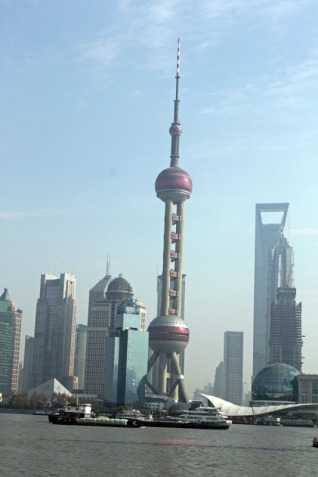
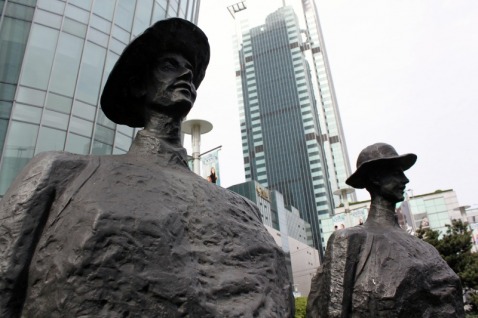
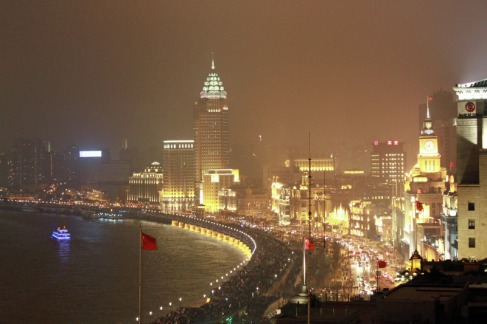
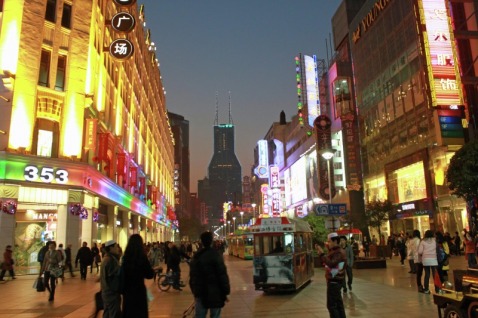
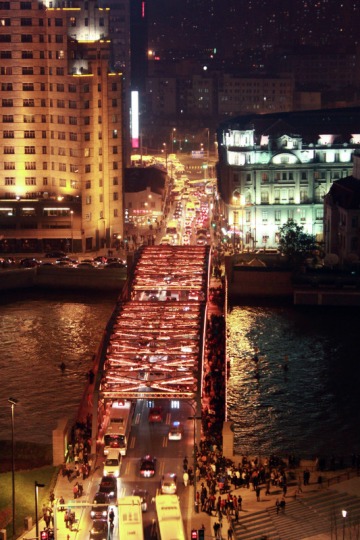
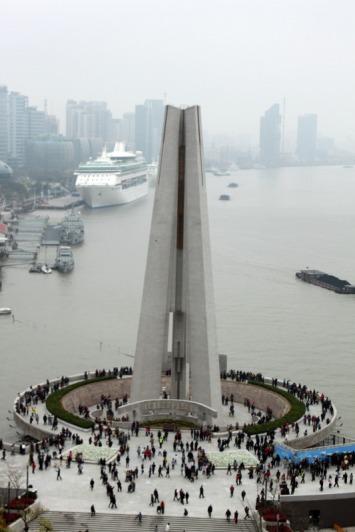
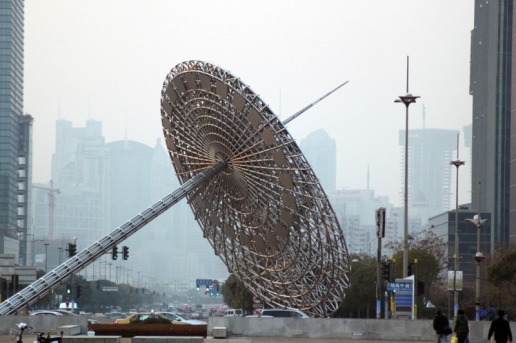
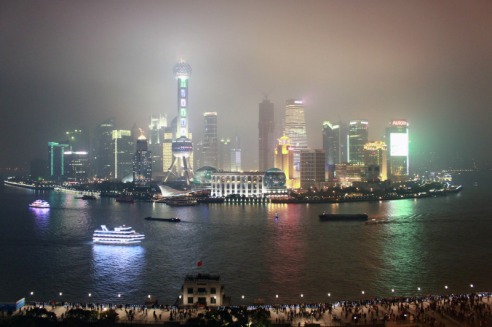
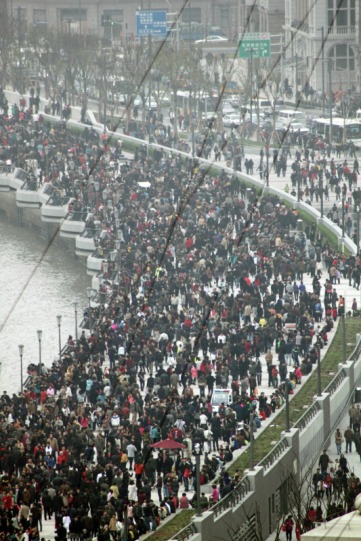
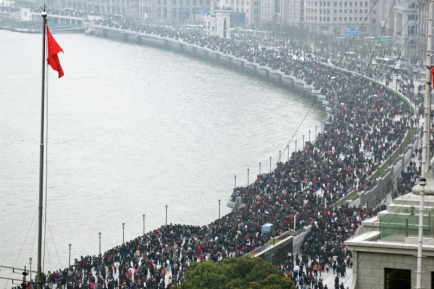
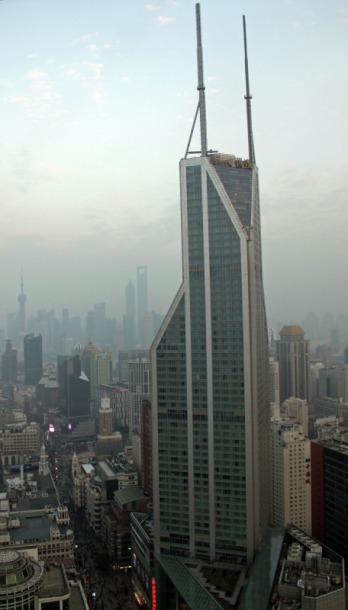
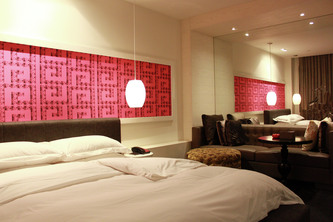
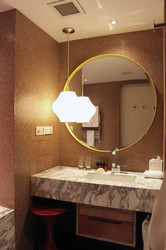
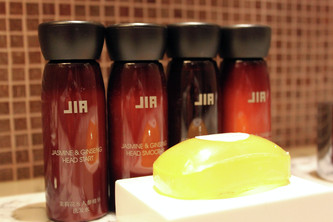
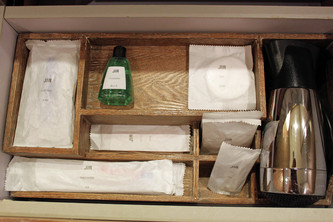
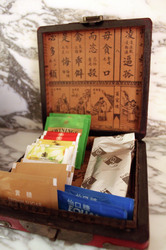
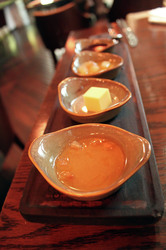
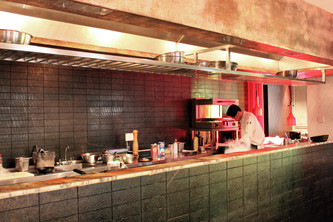
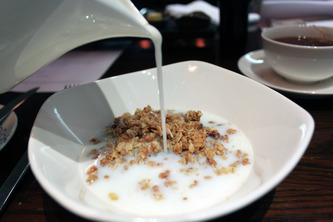
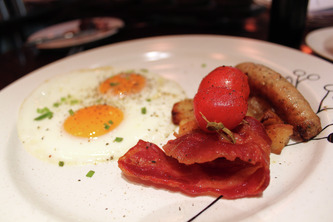
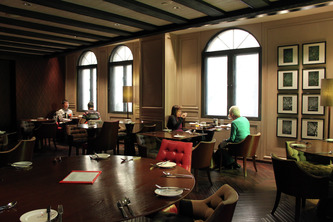
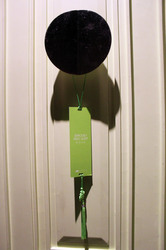
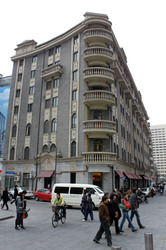
 RSS Feed
RSS Feed
